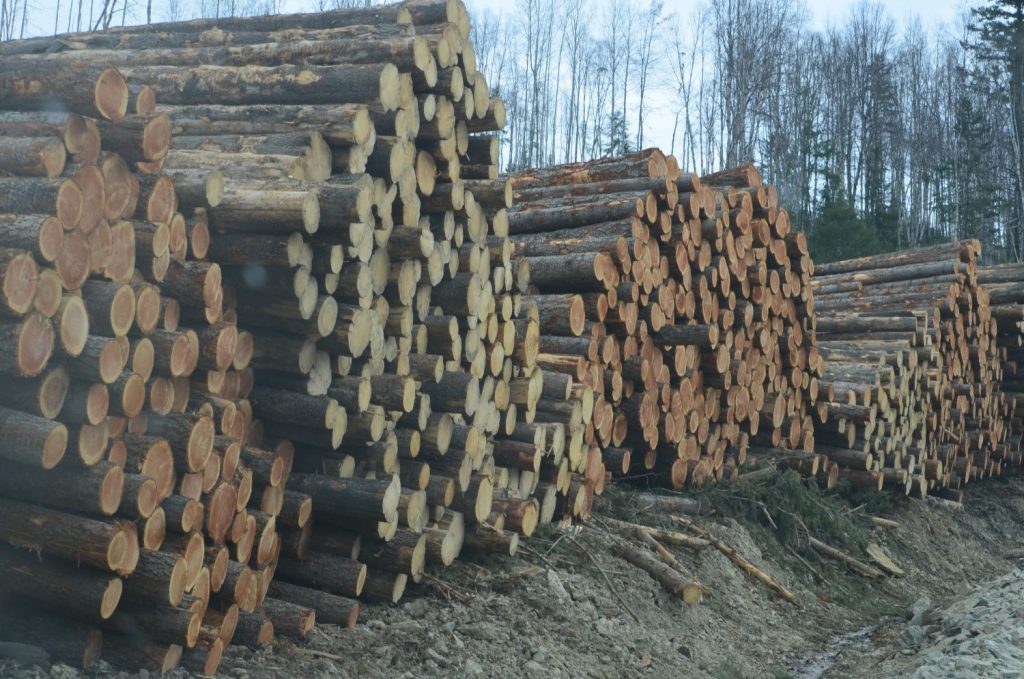
Industry News
Markets
Coronavirus will drive paper, forest products prices lower: Moody’s
March 24, 2020 By Moody's Investors Service
 Photo: Annex Business Media
Photo: Annex Business Media Moody‘s outlook for the global paper and forest products industry remains negative.
This reflects Moody’s expectation that the industry’s global operating income will decline 5-7 per cent over the next 12-18 months. Declining demand and lower paper packaging (both corrugated and consumer packaging), commodity paper and market pulp prices will be only partially offset by increasing wood product prices and modestly stronger demand for tissue, specialty paper and pulp.
Coronavirus will pressure demand and drive prices lower. The global economic outlook is deteriorating as the outbreak spreads. While logistics disruptions may temporarily slow paper and forest product exports to and from China and other affected areas, such as Korea and Italy, the impact on global demand will likely be far worse than on global production. This will result in oversupply across many regions, which will drive prices for most grades lower.
Paper packaging and tissue
The outlook for the paper packaging and tissue subsector remains negative. Lower corrugated and consumer packaging prices, as recent capacity additions cause an oversupply, will be partially offset by lower fibre costs. E-commerce growth and environmental pressures to replace plastic packaging with paper-based alternatives will be partially offset by right-size packaging.
Despite a recent spike of bath tissue and paper towels in reaction to the coronavirus, Moody’s expects demand will normalize during the second half of the year and North American tissue earnings will decline as the ramp up of new capacity causes average prices for the year to fall.
Paper
Our outlook for the paper subsector remains negative. Secular decline in demand for commodity paper and lower prices will drive paper earnings lower, as consumers continue to turn to digital substitutes like electronic storage and e-books. Paper capacity reductions through mill/machine closures or conversions will likely fail to keep pace with demand declines, leading to lower prices for most paper grades. Demand for several specialty paper grades will increase as consumers switch to paper-based substitutes for single use plastics, such as cups and straws.
Timber and wood products
The outlook for the timber and wood product subsector changes to stable from positive. Prices for most wood products, including lumber, plywood and oriented strandboard (OSB), will rebound less in 2020 than originally projected due to the impacts of the coronavirus. Moody’s expects average 2020 wood product prices will slightly increase as recent capacity curtailments remove some slack from the market. Despite the strong start to the year, Moody’s expects that 2020 average U.S. housing starts and renovation and remodeling activity will level off due to the coronavirus after several years of growth.
Market pulp
Moody’s outlook for the market pulp subsector remains negative. Although prices for most grades of pulp in 2020 will rebound slightly from the troughs experienced in 2019, average commodity pulp prices this year will be lower than 2019 average prices. Logistics obstacles and weaker Chinese demand because of the coronavirus will push out the price recovery to the second half of 2020. Pulp supply disruptions coupled with limited new capacity growth until after 2020, should allow market pulp inventory levels to normalize in the second half of 2020.
In March 2019, Moody’s correctly assigned a negative global outlook based on our forecast of a 2-4 per cent earnings decline. The rated industry’s consolidated operating income declined more than 10 per cent. Actual earnings were lower than our forecast primarily due to weaker than expected market pulp and wood product prices. This was due to lower demand growth, coupled with fewer supply disruptions. North American lumber and OSB prices were lower than expected in 2019, due to weaker than expected demand from home construction and higher supply levels.
What could change the global industry outlook
Moody’s would change the outlook to stable if they believed that consolidated global operating income would grow between 0 and 4 per cent over the next 12 to 18 months. This would most likely result from either lower costs or higher prices across several grades and regions due to a tight demand-supply balance (for example, some of the expected new capacity expansion projects are delayed or cancelled) or slightly stronger demand from higher-than-expected housing starts or GDP growth. Moody’s would change the outlook to positive if they expected consolidated operating income would increase by more than 4 per cent over the next 12 to 18 months. This would most likely result from a combination of both lower costs and significantly higher prices across several grades and regions or significantly stronger demand from higher-than-expected housing starts or GDP growth.
Print this page